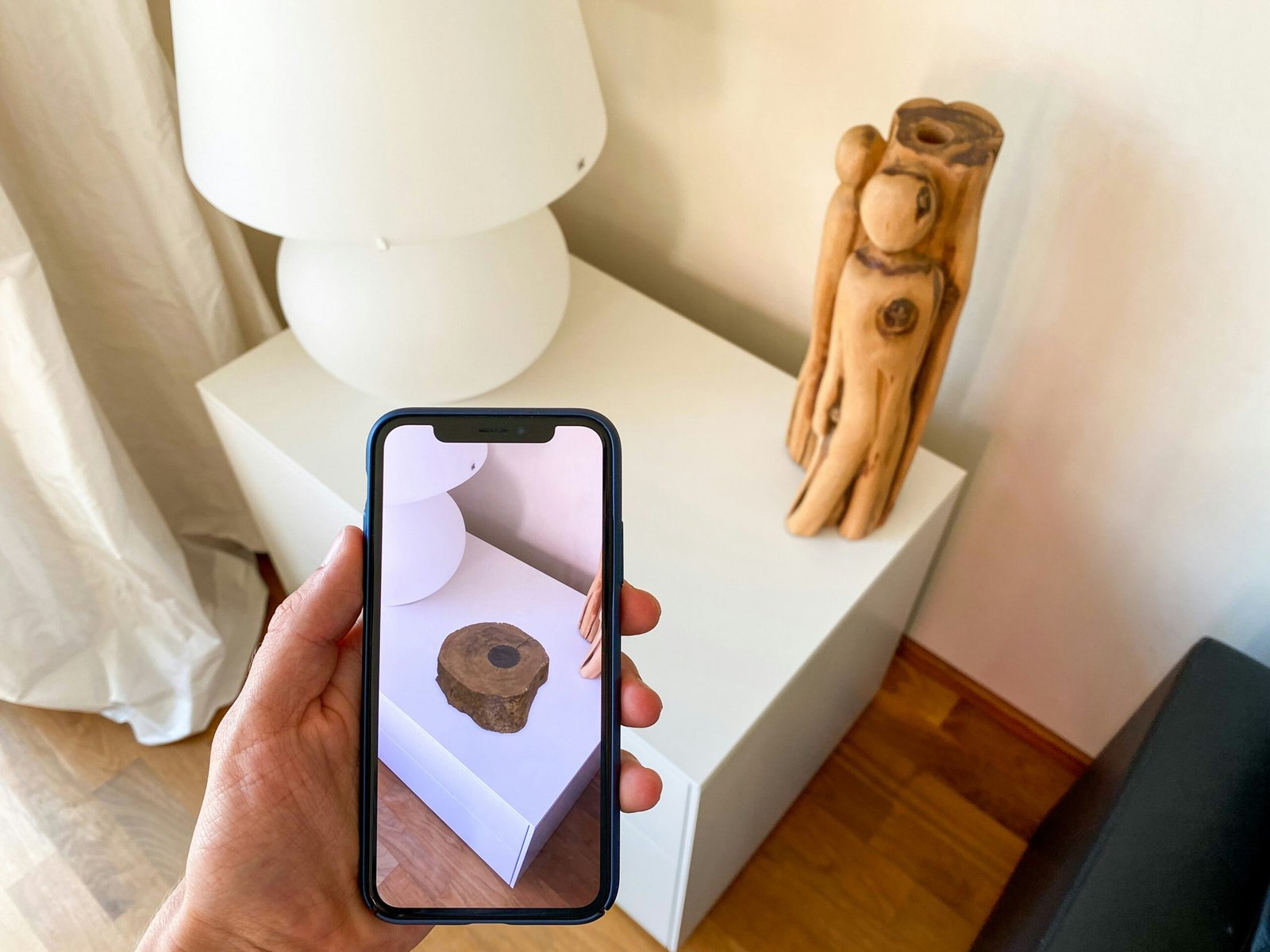Augmented Reality Pioneers: Top 5 Innovators
Augmented reality (AR) has revolutionized the way we interact with the digital world, bridging the gap between the virtual and physical realms. With endless possibilities and applications, AR technology is rapidly evolving, and several companies are at the forefront of this exciting innovation. In this blog post, we will explore five prominent augmented reality companies that are shaping the future.
1. Meta
Meta is a pioneer in the field of augmented reality. Their vision is to create a more immersive and interactive computing experience by seamlessly blending the digital and physical worlds. Meta’s flagship product, the Meta 2 headset, offers users a wide field of view and precise hand tracking, enabling them to interact with holographic objects in a natural and intuitive way.
Meta is one of the biggest players in the AR space, with its Reality Labs division dedicated to developing AR hardware and software. They are working on Project Nazare, a pair of augmented reality glasses that could be released in 2024.
AR headset company Meta shutting down after assets sold to unknown company
2. Microsoft
Microsoft has made significant strides in augmented reality with their HoloLens headset. The HoloLens combines cutting-edge optics and sensors to overlay holographic content onto the real world, enabling users to interact with digital objects in their physical environment. Microsoft has also developed the Windows Mixed Reality platform, which allows developers to create immersive AR experiences for a variety of devices.
Microsoft has been working on AR for many years, and its HoloLens headsets are already being used in some businesses. They are also working on Mesh, a platform that will allow people to interact with each other in augmented reality.
3. Apple
Apple has embraced augmented reality with the introduction of ARKit, a framework that enables developers to create AR experiences for iOS devices. ARKit leverages the powerful hardware and software capabilities of Apple devices to seamlessly blend virtual content with the real world. With the release of ARKit 2.0, Apple has further enhanced its AR capabilities, allowing for shared experiences and persistent virtual content.
They have also released Apple Vision Pro and you can see already people from early release roaming around in the wild wearing it.
4. Google
Google has been actively exploring the potential of augmented reality through its ARCore platform. ARCore enables developers to build AR applications for Android devices, bringing virtual objects and information into the real world. Google has also partnered with various companies to create AR experiences, such as the Google Lens feature that allows users to identify objects and gather information through their smartphone cameras.
Google has been working on AR for a while, with projects like Google Glass and ARCore. They are also working on Live View, a feature that will allow people to see directions and other information overlaid on the real world through their phones.
5. Niantic
Niantic, the company behind the immensely popular game Pokémon GO, has showcased the immense potential of augmented reality in the gaming industry. Pokémon GO introduced millions of players to the concept of location-based AR, where virtual creatures are overlaid onto real-world locations. Niantic continues to innovate in the AR space, with upcoming projects such as Harry Potter: Wizards Unite, which promises to deliver an immersive AR experience in the wizarding world.
These five companies are just a glimpse into the vibrant world of augmented reality. As technology continues to advance, we can expect even more exciting developments in the AR space. Whether it’s enhancing productivity, revolutionizing gaming, or transforming how we interact with the world around us, augmented reality is poised to shape the future in ways we can only imagine.
So, keep an eye on Meta, Microsoft, Apple, Google, and Niantic as they lead the charge in pushing the boundaries of augmented reality and unlocking its full potential.
If you enjoyed this article, please browse around InnoVirtuoso and leave us some feedback in the comments section, discuss the article or anything else related.








